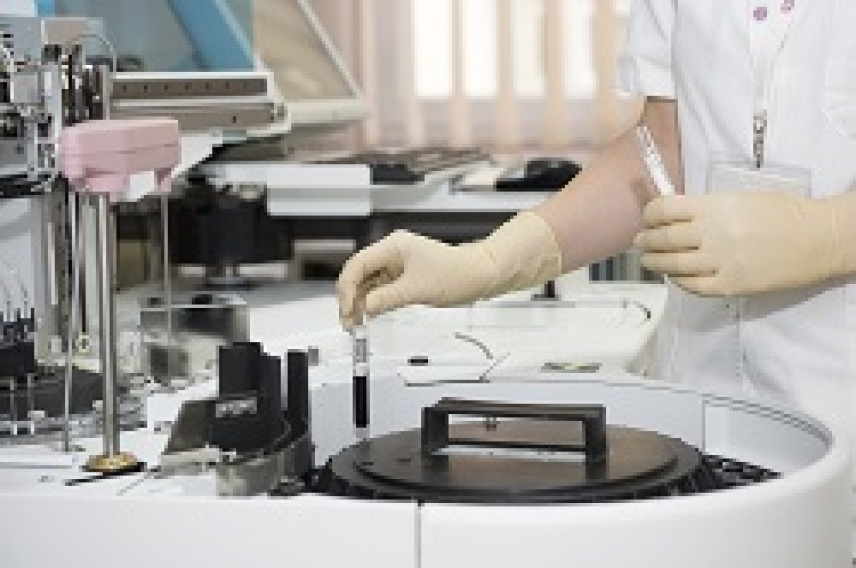 The purification of glycerol is an extremely costly procedure, which most industries cannot afford; as a result, glycerol has hitherto been dismissed as an unusable waste product. The scientific community is currently focusing on the development of new processes to make use of glycerol and thus ensure the sustainability of biodiesel itself.
The purification of glycerol is an extremely costly procedure, which most industries cannot afford; as a result, glycerol has hitherto been dismissed as an unusable waste product. The scientific community is currently focusing on the development of new processes to make use of glycerol and thus ensure the sustainability of biodiesel itself.
The FQM-162 research group at the University of Córdoba Department of Organic Chemistry, led by Professor Diego Luna, has developed a new process making use of this by-product. The process has recently been reported in Applied Catalysis B: Environmental. According to the lead author, Rafael Estévez, the aim is to make profitable use of glycerol, hitherto regarded as a useless by-product, by turning it into a compound serving as an additive which can be used to improve the properties of both diesel and biodiesel. In other words, the major by-product generated in the manufacture of biodiesel can subsequently be used to enhance the quality and performance of the biodiesel itself. As Estévez remarks: “The circle is thus closed; the glycerol is given a use, and the biodiesel is endowed with properties it did not originally possess”.
The newly-developed process is based on the etherification reaction, in which two alcohol molecules – tert-butanol and glycerol – are bound by an oxygen bond from which a water molecule has been removed.
For this purpose, the research group used a new catalyst – a substance which accelerates a chemical reaction without taking part in it. Specifically, two organosilane silica precursors containing the acid groups required for an optimal chemical reaction were added to aluminium phosphate, a substance on which research has been focusing for some time.
A further novel feature of the process is that it uses microwav
e heating to assist the chemical reaction. As the lead author stresses, this approach has certain advantages over conventional heating methods. With microwave heating, the catalysts continue to behave in a stable manner, while increased energy irradiation and greater vibration of molecular bonds contribute to a “much shorter process”.
References:
Microwave-assisted etherification of glycerol with tert-butyl alcohol over amorphous organosilica-aluminum phosphates. Estevez, R; Lopez-Pedrajas, S; Luna, D; Bautista, FM.APPLIED CATALYSIS B-ENVIRONMENTAL. Volume 213, 15 September 2017, Pages 42-52.


